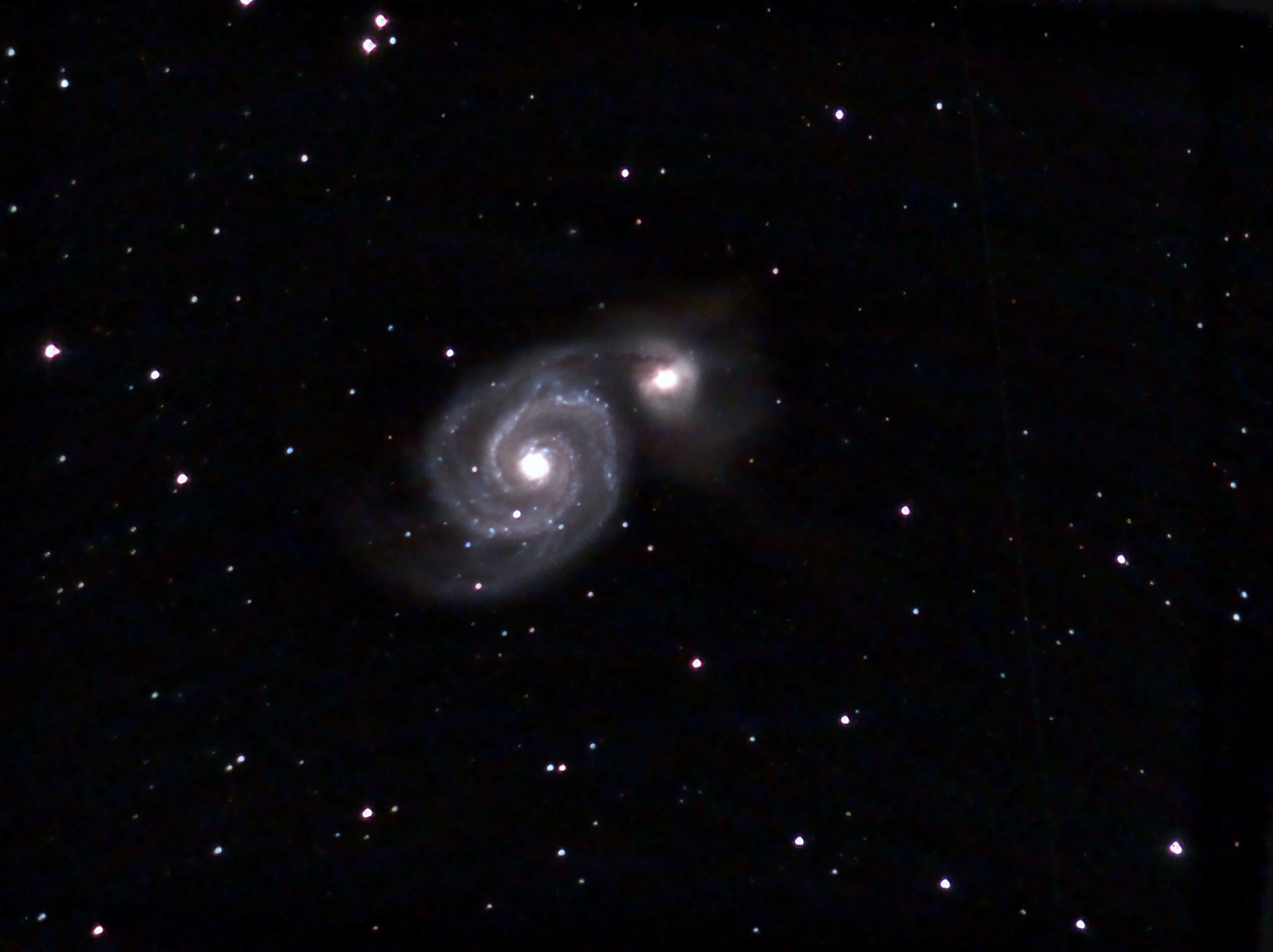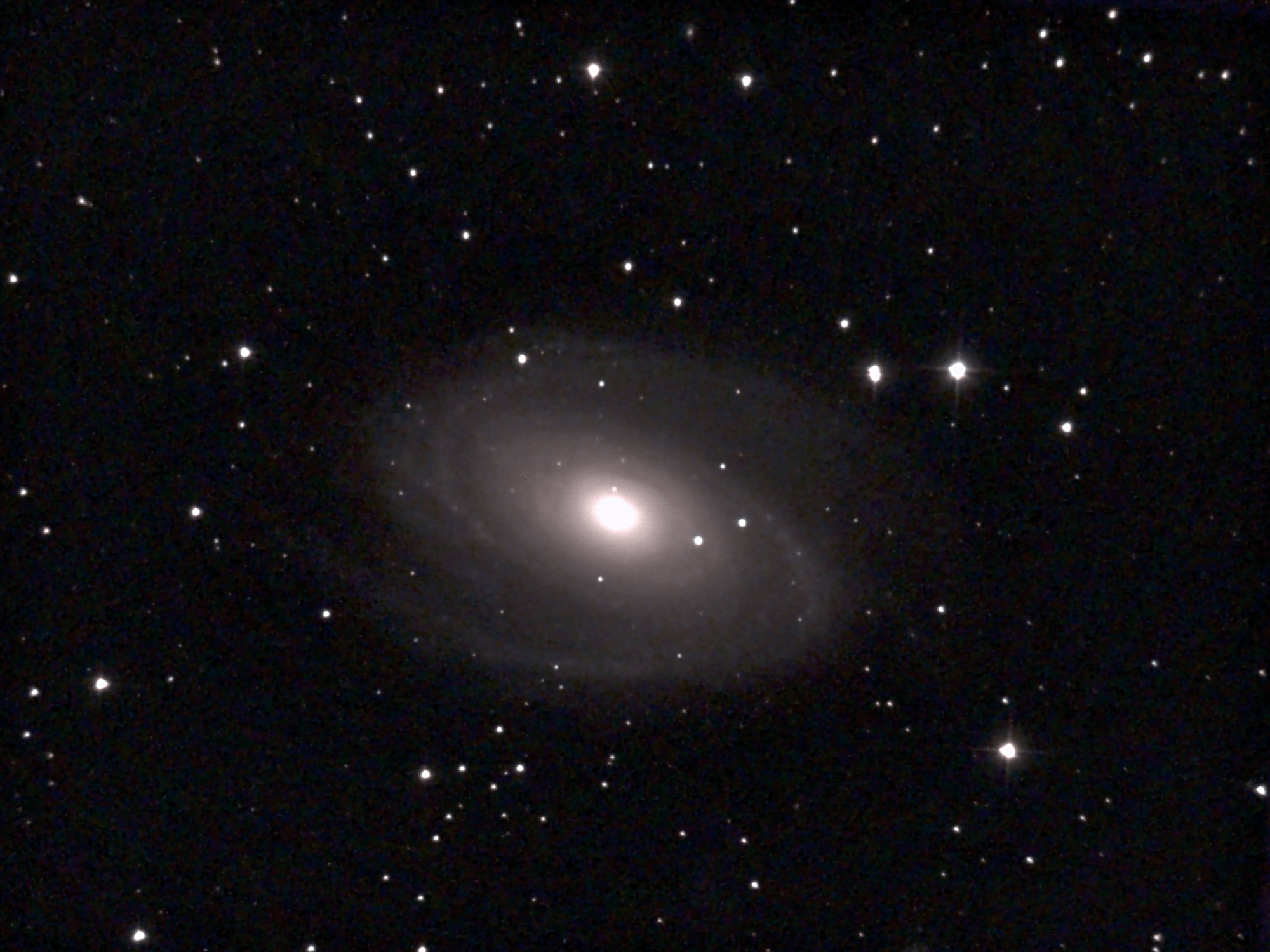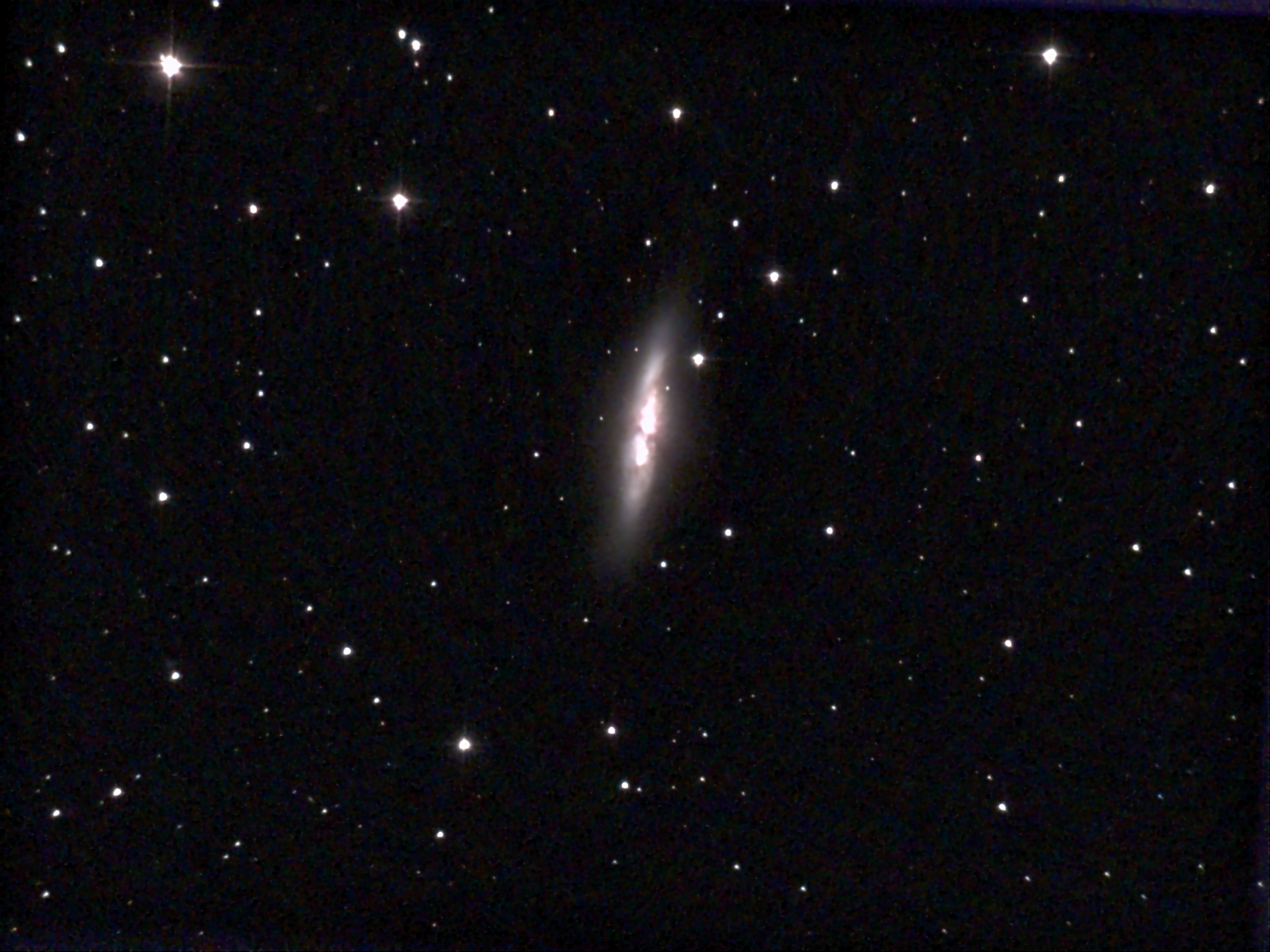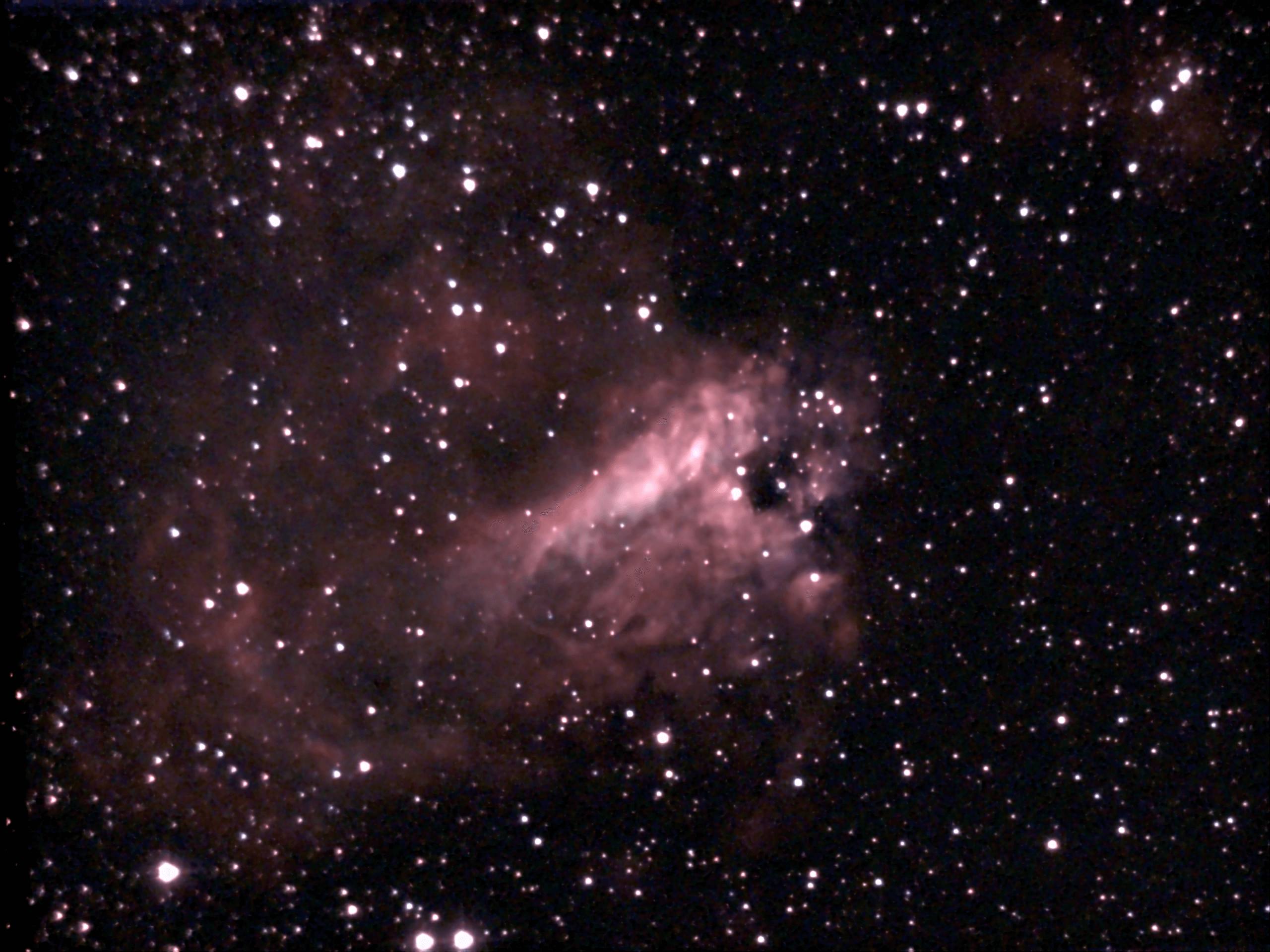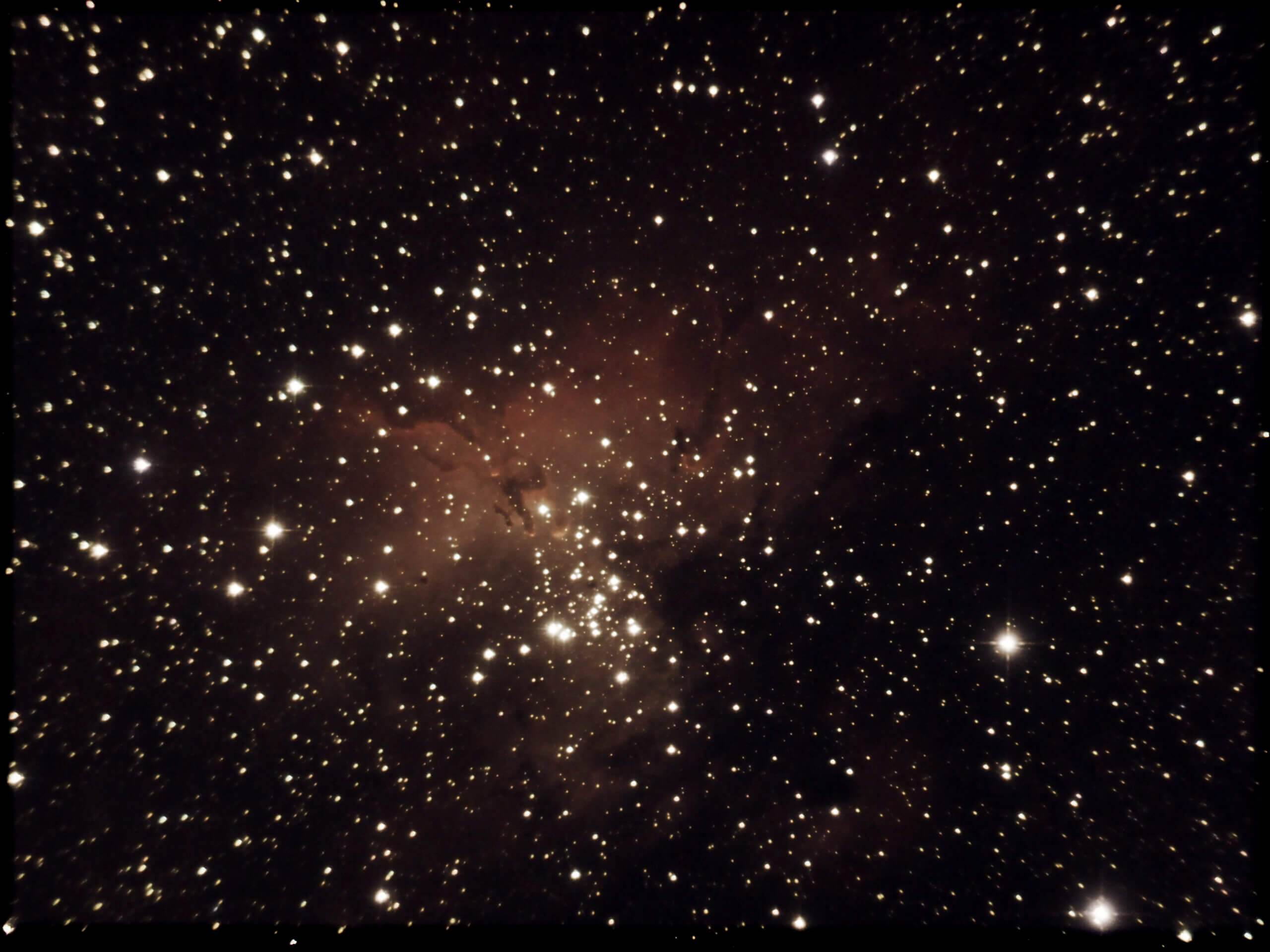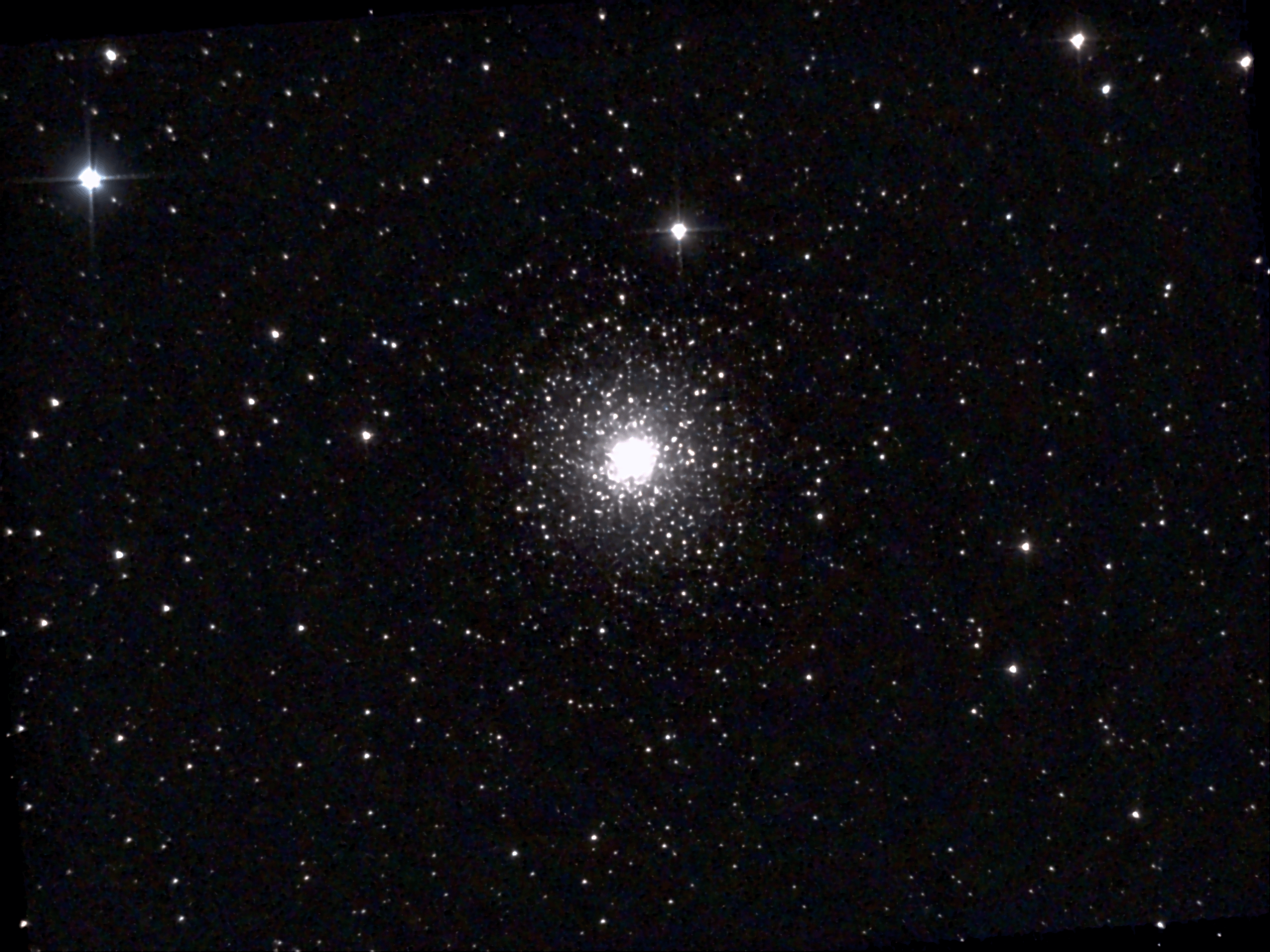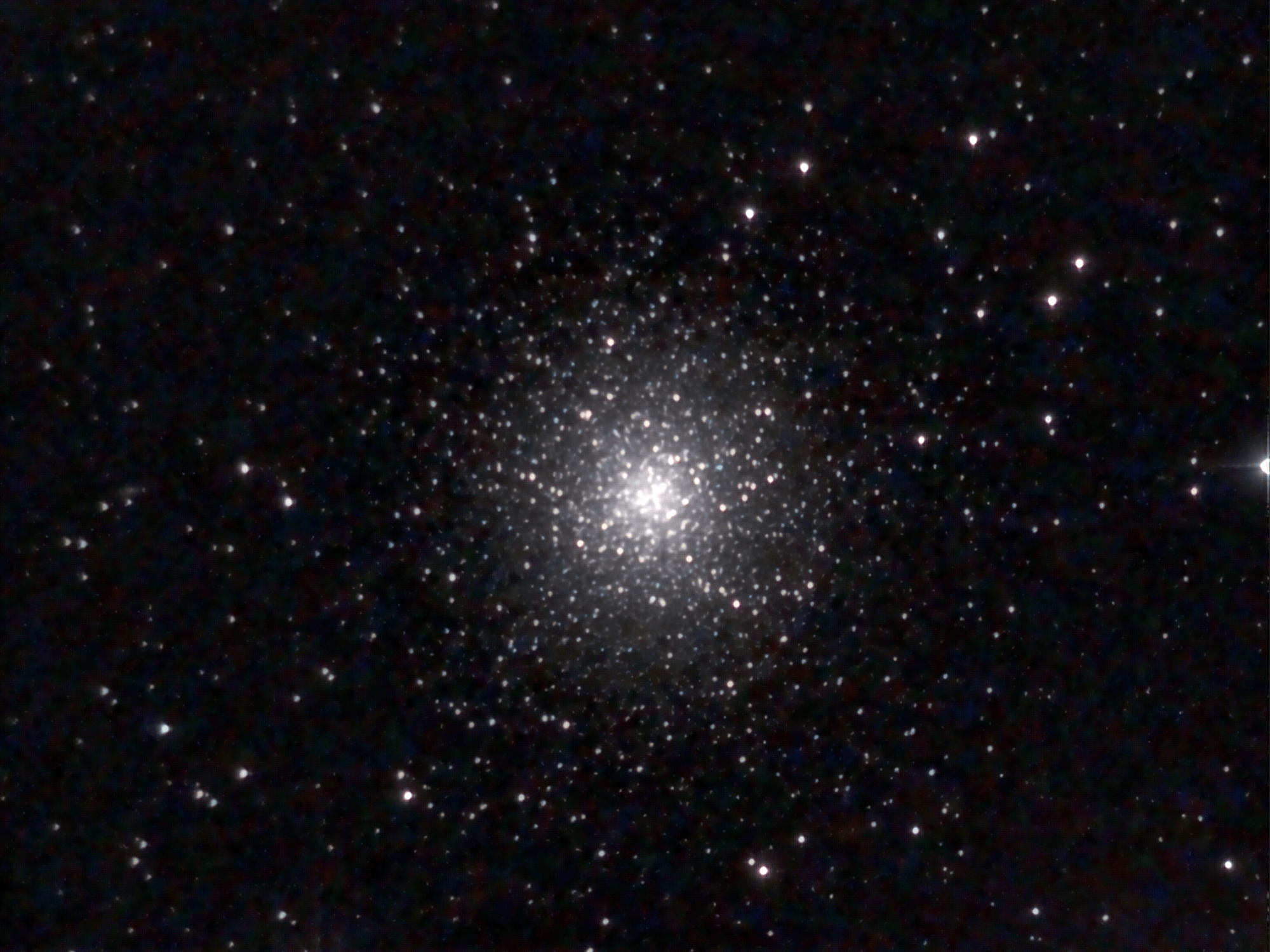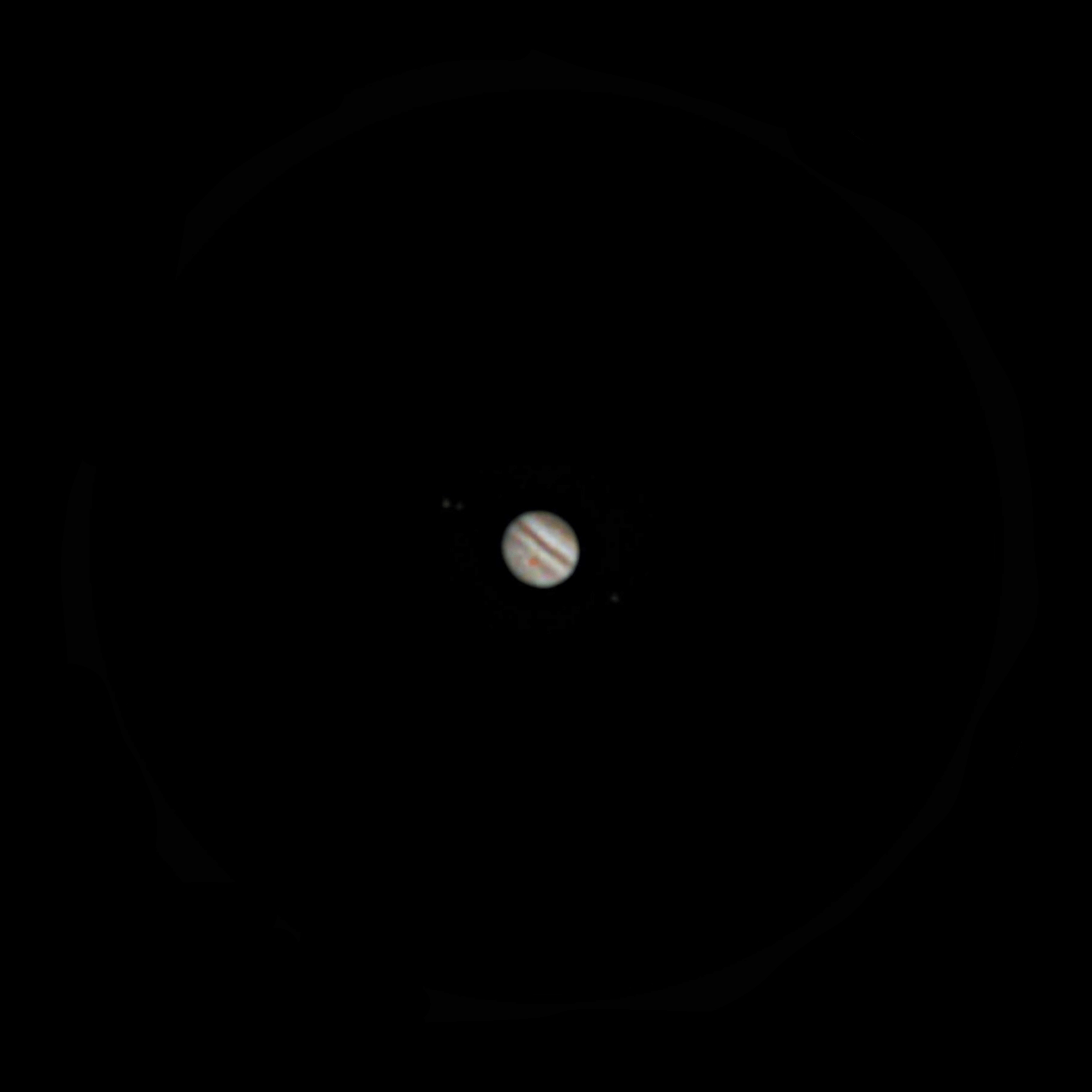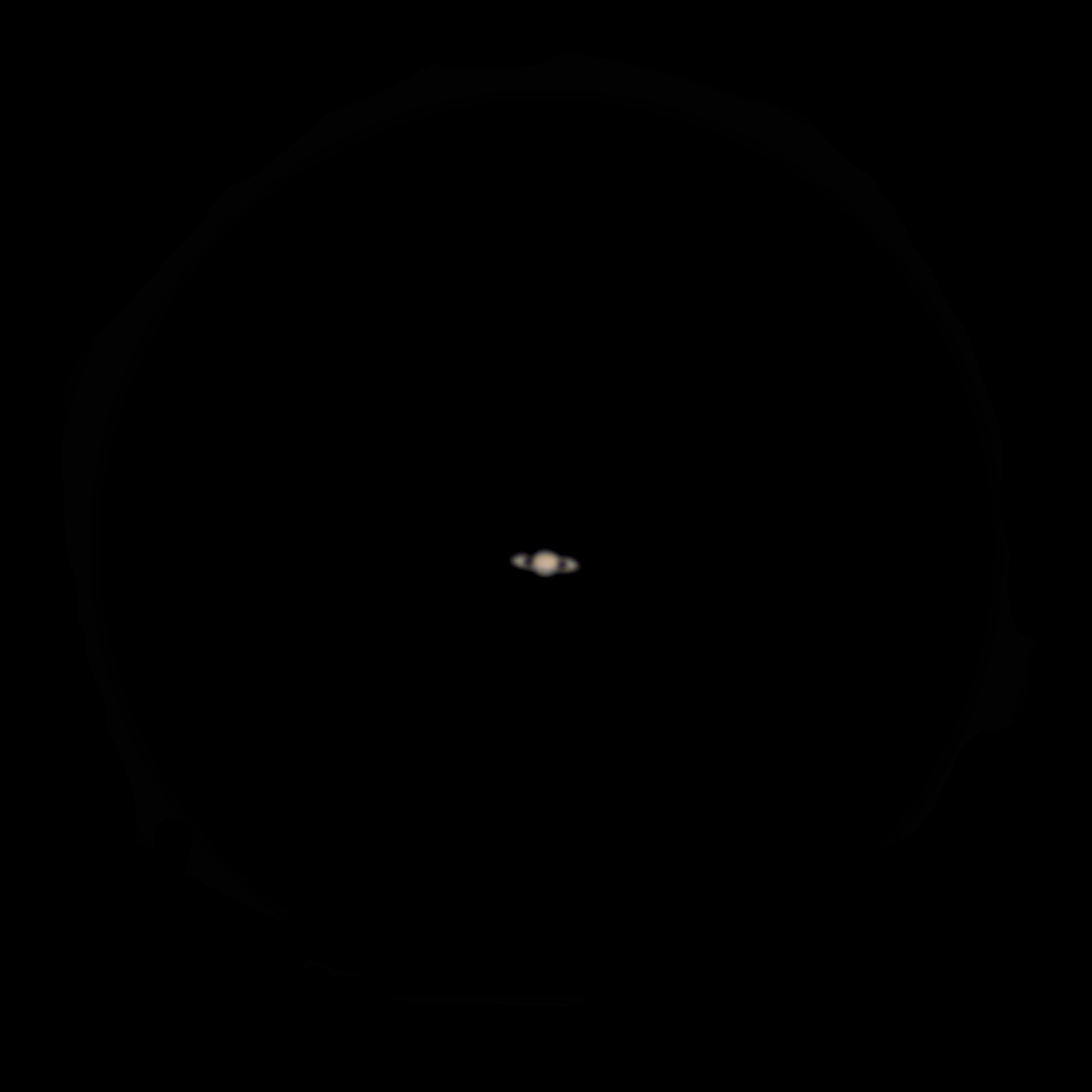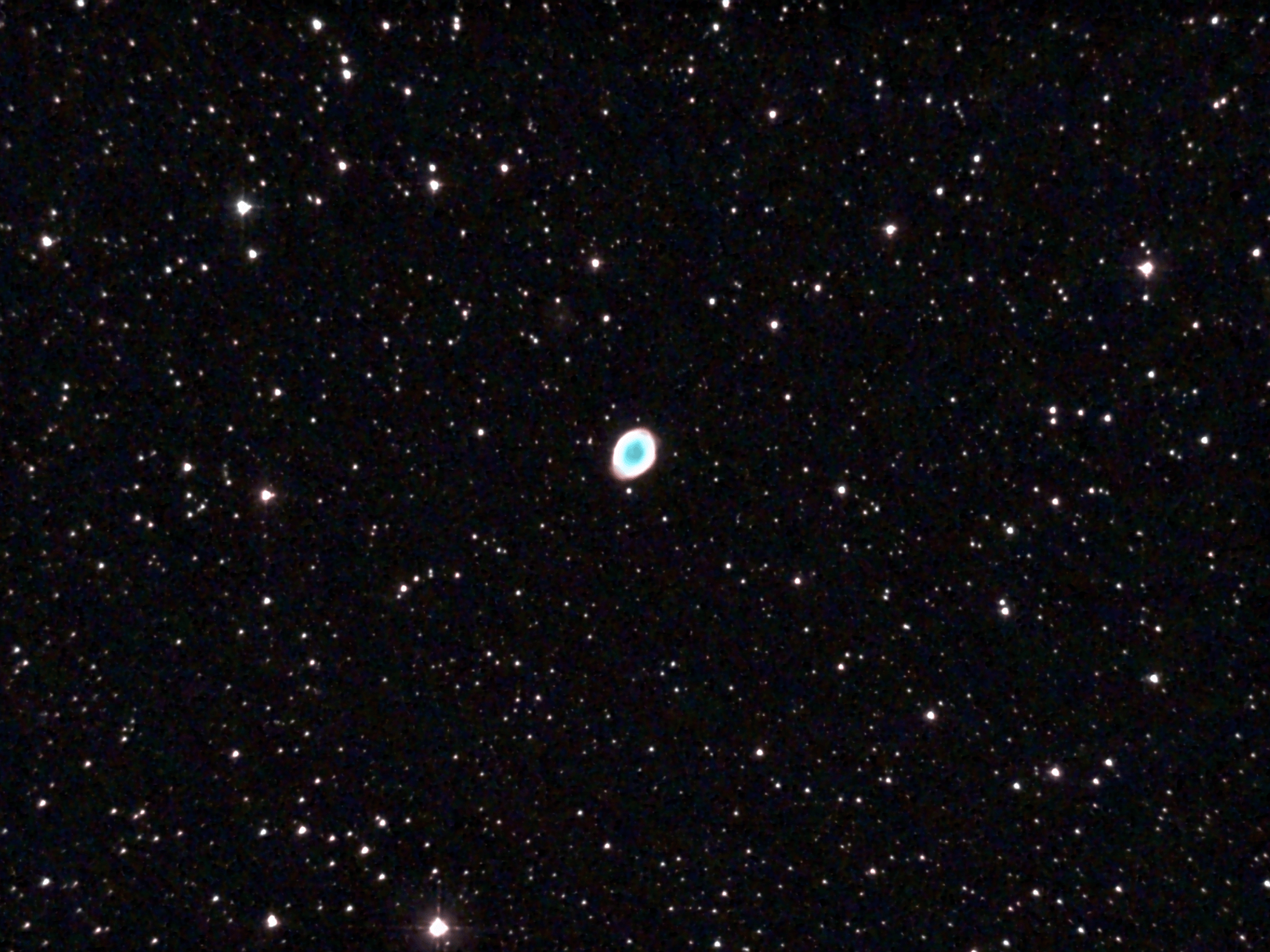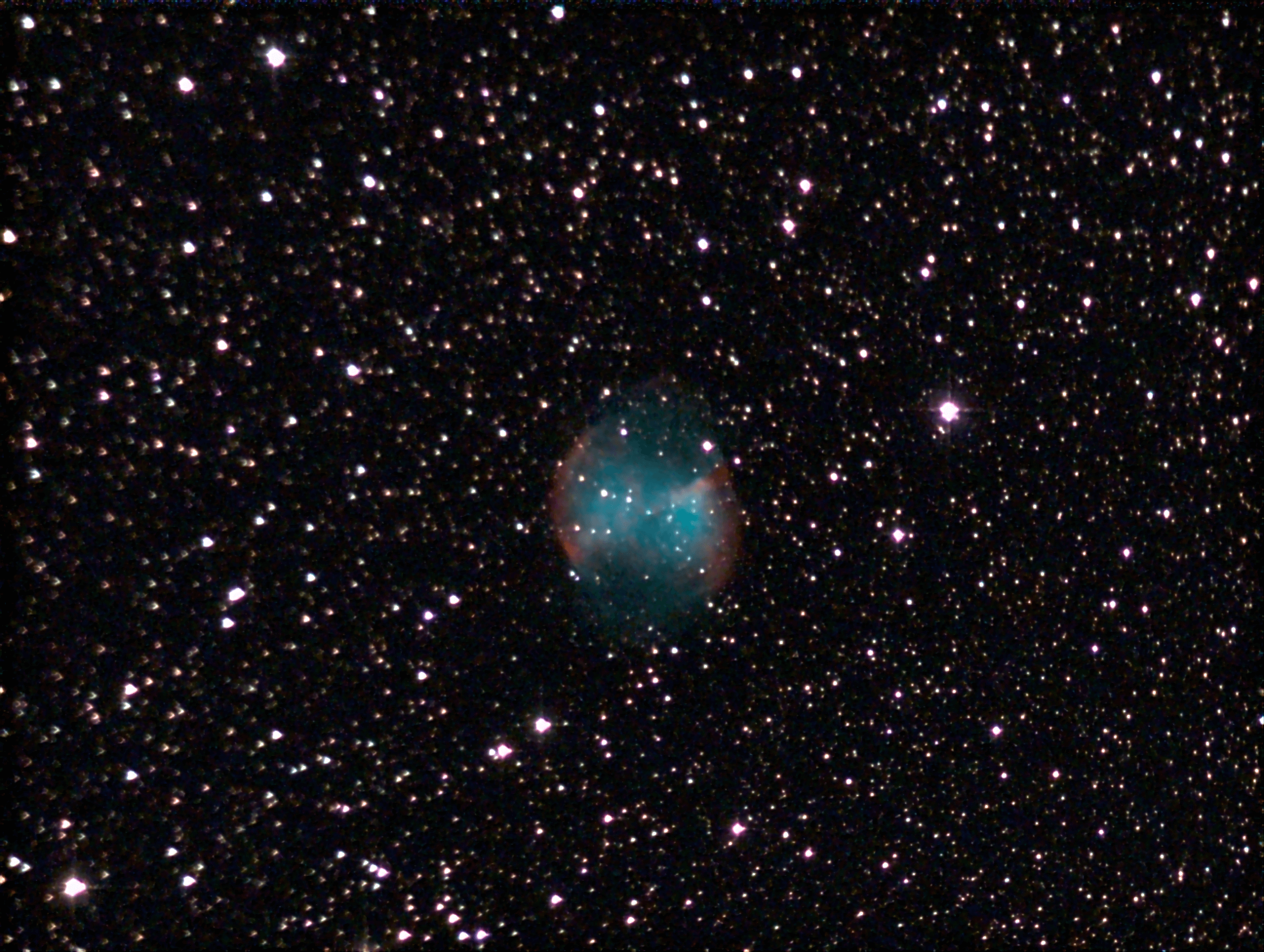The stargazing experience is brought to you by the French Astronomy Association, in partnership withUnistellar.
Travel the cosmos throughout the summer and discover one of the most fascinating astronomical phenomena: the life cycle of a star!
Planets, nebulae, star clusters and galaxies are on the program for your summer observation evenings. The smart and connected Unistellar telescopes will reveal these stars in all their glory. These easy-to-use tools allow you to see the colours and details of deep sky objects in moments. Observations in the heart of the largest French cities is now possible thanks to Deep Dark Technology which filters out the ‘noise’ of the images and light pollution.
Our eyes are able to see about 3,000 stars in a very dark night sky. This figure can go down to 200 in the heart of Parisian light pollution.. The star most visible to us (even by day) is of course our own, the Sun, which our entire planetary system revolves around. At around 4.5 billion years old, the Sun is about halfway through its life. We don’t have to wait that long to see the life cycle of a star; we are somewhat late to witness this one’s birth and we certainly won’t be around to see its death.
1. Where do the stars live?
The Sun is not the only star in the cosmos, far from it. The galaxy in which our sun is located, called the Milky Way, is thought to have between 200 and 400 billion stars.We see our galaxy from the edge: it is the band of light that crosses the summer sky. To locate it, look towards the constellation of Sagittarius, it gives you an idea of the formidable stellar density of the Milky Way as we look towards its centre, called the galactic bulge.
You should know that the entire Universe could include 2 billion galaxies like ours, which would represent 200 trillion stars. . That’s really mind-boggling! Some of these galaxies can be observed in the summer sky, we’ll help you discover them below.
M51, THE WHIRLPOOL GALAXY
FIND OUT MORE
Distance from Earth: 25 million light years
Constellation: Canes Venatici
----
It was discovered in 1773 by Charles Messier, a great French astronomer nicknamed the "ferret of comets" by Louis XV, who included it in his catalogue listing all the objects likely to be confused with a comet. The “M” in M51 stands for “Messier object No.51”
What will you discover with the Unistellar telescope?
We will gradually be able to distinguish the star-rich galactic bulge. Its spiral structure however is what will be most apparent and what makes it one of the most iconic objects in the sky. It’s possible to make out the spiral arms of the galaxy which seem to branch out from the centre, giving the sensation of a stellar swirl. It is also important to remember that the luminosity is from the presence of billions of stars that make up M51. If you let the Unistellar telescope settle for a few minutes, you will eventually see the little sister of the Whirlpool galaxy: NGC5194. It is possible to see the "bridge" of matter between the two galaxies which is the result of the gravitational interaction between these two objects.
M81, BODE GALAXY
FIND OUT MORE
Distance from Earth: 12 million light years
Constellation: The Plough
----
In 1774, the German Johann Elert Bode thought he observed a nebula there. Seven years later, C. Messier included it in his catalogue, classified as a galaxy.
What will you discover with the Unistellar telescope?
The galaxy appears to us at a three quarters angle. We can distinguish the galactic bulge, the heart of a galaxy where the concentration of stars is the highest. The further we go from the centre, the more the concentration of stars decreases, giving an impression of a halo around the bulge.
Thanks to the cutting-edge technology of Unistellar telescopes, you will soon be able to discover the shape of M81: a spiral. It’s possible to make out the two great arms which seem to branch out from the centre, giving the sensation of a stellar swirl.
M82, THE CIGAR GALAXY
FIND OUT MORE
Distance from Earth: 12.7 million light years
Constellation: The Plough
----
M82 forms a pair with M81. The gravitational influence of the latter, which is much more massive, even deformed M82. This extremely strong interaction increased the rate of star formation tenfold compared to that of a normal galaxy.
What will you discover with the Unistellar telescope?
M82 offers us a very different view to that of M81. It is a very bright and high contrast galaxy. We see it edge-on. It looks roughly like a cigar, hence its name. This is a perfect example of pareidolia: the tendency to discern familiar shapes in a landscape, cloud or something else.
To find out more:
Admire the M101 Pinwheel Galaxy. On May 19, 2023, a luminous supernova was discovered in the spiral arms of this galaxy, it was observed by the Unistellar community. Over to you to find it now! FIND OUT MORE
You can also observe the little sister of M51, Whirlpool galaxy: NGC 5194 in the constellation Canes Venatici
2. Nursery of the stars: nebulae
Stars are born inside clouds of gas and dust, called nebulae. When a cloud like this collapses in on itself under the effect of its own gravity, the matter contracts and forms one or more cores. Each core, under the action of compression, heats up more and more. Above 10 million degrees nuclear fusion reactions start. So much energy is released that the star stops contracting, reaches a state of equilibrium and begins to shine. A star is born!
M17, OMEGA NEBULA
FIND OUT MORE
Distance from Earth: 5,500 light years
Constellation: Sagittarius
Nickname: Swan Nebula
----
Its discovery by the Swiss astronomer Jean Philippe Loys de Cheseaux in 1745 received very little publicity. Nineteen years later, Charles Messier rediscovered it independently on June 3, 1764.
40 light-years across, this cloud of hydrogen is ionized by radiation from newborn stars. However, this young stellar cluster is not visible, because it is masked by the densest and most opaque dust and clouds of the nebula. In several hundred thousand years, when the M17 nebula has been fully transformed into stars and the remainder dispersed, then only the star cluster will remain.
What will you discover with the Unistellar telescope?
Its characteristic shape is recognizable thanks to its relative surface brightness, especially on its central band. This is what hides the cluster of stars which ionizes the nebula. This makes the brighter parts of the nebula look like a swan paddling in the Milky Way. The very visible central bar forms the ‘body’ and the ‘wings’ of the swan. The comma shape emerging from this part forms the neck of the animal.
M16, EAGLE NEBULA
FIND OUT MORE
Distance from Earth: 5,600 light years
Constellation: Serpens
----
As with M17, the nebula was discovered by astronomer J-P. Loys de Cheseaux in 1745, but it is attributed to Charles Messier.
What will you discover with the Unistellar telescope?
Check out this large cloud of interstellar gas and dust, which has gone through an intense process of star formation. The nebula shines today as a result of light emission, excited by the high-energy radiation emitted by its young, massive and hot stars. The Eagle Nebula even has a very young open star cluster named M16. It is in this nebula that the very famous Pillars of Creation were beautifully captured by the James Webb Space Telescope in 2022.
To find our more:
The Trifid Nebula (M20), or the sublime Lagoon Nebula M8 can be seen in this same region of the sky.
3. Lifecycle and age of the stars: Clusters
After being born inside nebulae, stars become stable. At their heart, nuclear reactions begin to transform hydrogen into helium. Despite this balance, they cool down over their lifetime, so their colour changes. From blue at first, they turn white, then yellow, orange and finally red when they are at the twilight of their life. This evolution can last billions of years, as for our Sun, or only a few million years.
These are the different types of clusters:
- Globular clusters: these are very dense concentrations of stars, spherical in shape, which orbit around the cores of galaxies
- Open clusters: these are homogeneous groupings of 100 to 10,000 stars of the same age, linked together temporarily by gravitation.
M15, PEGASUS CLUSTER
ONE OF THE DENSEST GLOBULAR CLUSTERS IN OUR GALAXY
FIND OUT MORE
Distance from Earth: 35,000 light years
Constellation: Pegasus
----
Discovered in 1746 while the Franco-Italian astronomer Giovanni Domenico Maraldi was looking for a comet and describing M15 as "a somewhat fuzzy star", it took William Herschel to understand the true nature of this object more than 40 years later.
This globular cluster is a condensation of stars about 12 billion years old and is located on the outskirts of our galaxy. These are old stars, most of which are red giants.
What will you discover with the Unistellar telescope?
The shape of the cluster is immediately identifiable. We discover a density of stars as if they were crowded into a reduced space, while the space around seems much less occupied. The centre of the cluster is clearly visible. It is a swarm of more than 100,000 stars across a diameter of 175 light years. It is notable that more than half of these stars are within 10 light years of its centre. That's incredibly dense!
M13, HERCULES GLOBULAR CLUSTER
The headline of the summer skies
FIND OUT MORE
Distance from Earth: 25,000 light years
Constellation: Hercules
----
On November 16, 1974, astronomers Frank Drake and Carl Sagan sent a radio message to this very dense cluster with the Arecibo radio telescope. They hoped to reach an intelligent extraterrestrial civilization, capable of deciphering this “postcard” which would tell them a little about us. This message contains, among other things, information such as the number of inhabitants of the Earth (in 1974), information on atomic elements, on DNA… it is still on its way to the Hercules globular cluster.
Imagine a stellar cluster with a diameter of 145 light years The concentration of stars in its centre is almost 100 times greater than in the region around the Sun.
What will you discover with the Unistellar telescope?
The number of visible stars is glaringly obvious! There are more than 100,000 stars in this cluster. With the Unistellar telescope, you can appreciate this concentration, with the impression of seeing a grainy celestial object.
To find out more:
Discover the globular clusters M4 and M5 or the Perseus double cluster NGC 884 and NGC 869.
4. The stars and their travelling companions: the planets
When a cloud of gas and dust contracts to form a star, a small part of this material assembles into a disc around the nascent star. From this disc will be born planets which revolve around the young sun.
It was in 1995 that astronomers first detected a planet around a star other than our own — an exoplanet.
As at the start of 2023, 3,910 planetary systems have been confirmed, including 853 systems with more than one planet. Nearly 9,200 additional exoplanets discovered using terrestrial telescopes or space observatories, including Kepler, are awaiting confirmation. In other words, our solar system is not the only one in the cosmos!
Do you know how to tell the difference between a star and a planet with the naked eye?
If the point of light you are staring at flickers then it is probably a star. On the other hand if the luminous point is fixed and very intense, then it is a planet.
How many planets are there in our solar system?
Eight planets orbit our star. In their order of distance from the Sun: Mercury, Venus, Earth, Mars, Jupiter, Saturn, Uranus and Neptune. Observing them is a magnificent spectacle. Let’s not forget that these planets that accompany us on our journey around the Sun are extremely close to us in relation to the size of the Universe. They are just next door!
jupiter
FIND OUT MORE
Observable from 3:00 a.m. in summer
Type: gaseous planet (hydrogen, helium, methane)
Size: its diameter is 11 times that of the Earth
Distance: 5 astronomical units (AU) from the Sun, i.e. 5 times the Earth-Sun distance
----
Imagine the astronomer Galileo putting his eye to his telescope on the night of January 7, 1610 and contemplating the planet for the first time using an instrument. That night he would change the face of the world and bring down the Aristotelian-Ptolemaic theory of the universe
It has the shortest day of all the planets in the Solar System and completes a full revolution in less than 10 hours. Because of its very rapid rotation*, the planet is particularly flattened at the poles and more domed at its equator. If the days are short on Jupiter, the years are long: the planet completes its revolution around the Sun in just under 12 Earth years.
What will you discover with the Unistellar telescope?
The observation of Jupiter is always a special moment in astronomy. Jupiter has some beautiful features. The most striking are the streaks of cloud bands of different colours depending on their composition. It is also possible to see a red spot on the surface of the planet. You are observing a gigantic anticyclone a little larger than the Earth and which has been observed on Jupiter since it has been possible to use astronomical instruments, that is to say more than 350 years.
*NB: a rotation means that the planet goes around itself while a revolution is the turn of a planet around the Sun.
saturn
FIND OUT MORE
Observable from 3:00 a.m. in summer
Type: gaseous planet (hydrogen, helium, methane)
Size: its diameter is 9 times that of the Earth
Distance: 9.5 astronomical units (AU) from the Sun
----
Galileo first observed it on July 25, 1610. The quality of his telescope did not enable him to fully understand the nature of this object. He interpreted what he saw as appendages around the planet. We would have to wait for the Dutch astronomer Christiaan Huygens and the improvement of optical techniques to finally define the nature of the rings.
Saturn has been the target of four space missions to get to know it better: the flyby of the Pioneer 11 probe in 1973, Voyager 1 and 2 in 1977, and finally the Cassini-Huygens orbiter which ended its 13-year mission by plunging into Saturn's atmosphere in 2017.
It completes its rotation in 10.5 hours and its revolution in 29.5 Earth years.
What will you discover with the Unistellar telescope?
Saturn's rings are what are most striking when first observing the planet. While the planet is gaseous, the rings are solid. They are made up of blocks of ice and dust and reflect the light from our star very well. They are not continuous. What makes these rings the jewels of the Solar System? Their size! They extend up to 282,000 km from the planet, while their thickness is only a few kilometers.
5. Shroud of a star
There are several scenarios that lead to the death of a star. In the dark sky, especially with the help of a Unistellar telescope, you may be able to contemplate the result of their cataclysmic death throes. They can turn into supernova remnants, or planetary nebulae. These are very easy to observe!
1/ The supernova remnant
The bigger and more massive a star, the more nuclear reactions are unleashed at its core. Its lifespan is correspondingly much shorter. After a few million years, it is already running out of hydrogen and becoming unstable. But instead of a few more nuclear reactions, it goes so far as to synthesize iron, the most stable element. It is a real suicide bid, because its heart stops abruptly once this work is done: the atmosphere collapses and rebounds against this iron core, in a titanic explosion. That is a supernova.
2/ The Planetary nebula
When the core of a star has exhausted its hydrogen reserves, it consumes helium, then the heavier atoms. The star then does not have very long to live. A star of the mass of the Sun becomes a Mira variable: its colours are in the red, its brightness begins to pulse regularly (longer period than 100 days), with an amplitude greater than one magnitude – the scale of star brightness. Then it breathes its last and expels its atmosphere into space. An expanding bubble of gas then forms the funeral crown of the star, this is called a planetary nebula (because their appearance is reminiscent of a planet). The heart of the star shines again for a time as a white dwarf, before going out. This long stellar swansong (its death) is visible in some 500 planetary nebulae that dot the sky. One of the best known is the Ring Nebula.
M57, RING NEBULA
FIND OUT MORE
Distance: 2,300 light years
Constellation: Lyra
Age: 3000 to 6000 years
Nickname: Ring of Lyra, in reference to its shape, which clearly shows the expanding gas
----
If you are observing the Ring Nebula for the first time, imagine the moment of contemplation that astronomer Antoine Darquier de Pellepoix must have experienced when he made his discovery in 1779.
The heart of the star shines again for a time as a white dwarf, before going out. This stellar swansong is visible in some 500 planetary nebulae that dot the sky. One of the best known is the Ring Nebula.
What will you discover with the Unistellar telescope?
In the middle of a star field appears a small bubble of gas, with a shape that clearly shows the expansion of the gas. It is also possible to distinguish the different colours of the gas. We find a darker central part which emits mainly in the ultraviolet, then blue-green bands corresponding to ionized oxygen. Finally, a more red and orange zone on the outer regions of the ring, which corresponds instead to hydrogen and nitrogen.
M27, DUMBBELL NEBULA
FIND OUT MORE
Distance from Earth: 1,300 light years
Constellation: Vulpecula
----
It was the first planetary nebula to be observed in the entire history of astronomy in 1764 by Charles Messier. William Herschel’s term "planetary nebula" dates from 1784 and refers to the vaguely disc shaped looking nebula, which reminds one of a planet (although its nature is quite different). The term has been retained for historical consistency.
What will you discover with the Unistellar telescope?
M27 is a very visual object. If it is not obvious from its central star with a high magnitude, the clouds of gas give it a very particular shape. The colours are due to the difference in the nature of the gases that have been expelled from the star. The nebula is mainly called dumbbell but its characteristic shape has gained it various nicknames: the apple core nebula, the hourglass, the diabolo.
Observe the Owl Nebula M97, in the Plough, or the supernova remnant, another possibility for the end of a star’s life like NGC6992, the Veil Nebula.
To finish your stargazing
Throughout their life, stars will take on different shapes and colours, going from the primary nebula to treating the astronomer to a supernova remnant, or even a planetary nebula. Like a butterfly on earth, changing from caterpillar to imago, a star is constantly changing (in a much longer time scale). Our view of the dark sky is full of these life stages which help us understand our own sun a little better, its history and our solar system. Many nebulae, stars, and clusters are also to be discovered in the other seasons of the year, when in its journey around the Sun, the Earth faces other wonders of the dark sky.

